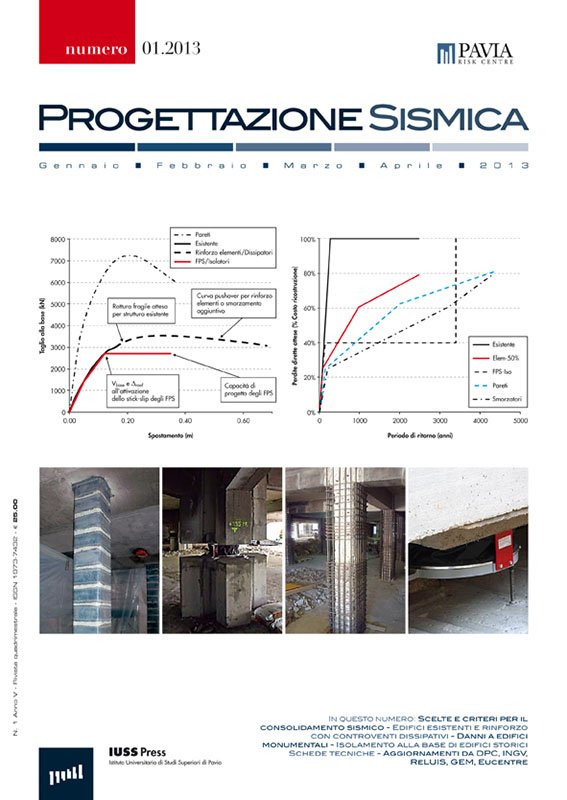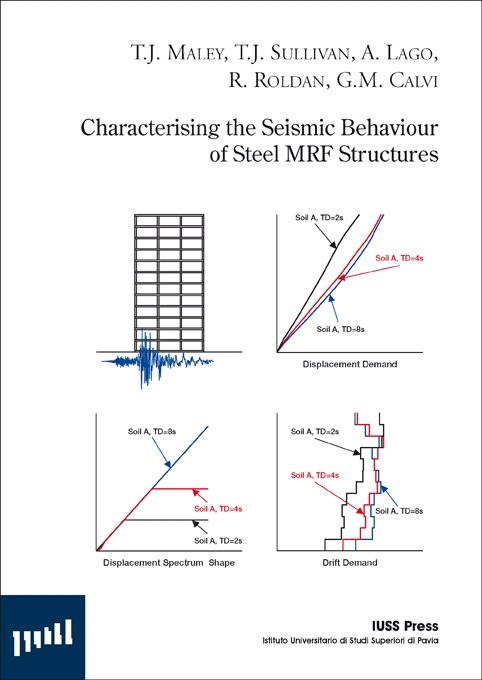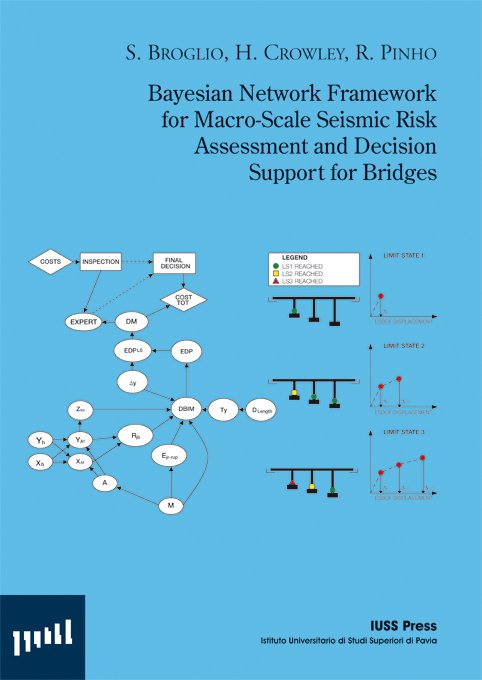Catalogue

Progettazione Sismica 2013 n.1
01/01/2013
Characterising the Seismic Behaviour of Steel MRF Structures
24/02/2013Bayesian Network Framework for Macro-Scale Seismic Risk Assessment and Decision Support for Bridges
Original price was: € 25,00.€ 15,00Current price is: € 15,00.
S. Broglio, H. Crowley, R. Pinho
Research Report UME 2013/01
ISBN: 978-88-6198-082-2
In the immediate aftermath of an earthquake, it is useful to know the general condition of an entire area to better organize the emergency phase. However, it is not possible to assess in detail every single structure.
Out of stock
FUORI CATALOGO
In the immediate aftermath of an earthquake, it is useful to know the general condition of an entire area to better organize the emergency phase. However, it is not possible to assess in detail every single structure. For this reason, macro-scale analyses are very important to receive preliminary information about the most likely condition of the structures in a given area. In this work, a traditional macro-scale analysis approach, applied to bridges, is integrated into a flexible Bayesian Network (BN) framework as a suitable modelling tool for complex systems. Thanks to its graphical communication language, the problem can be easily understood, facilitating the communication between the analyst and the decision maker, leading to a more efficient formulation of the final decision. BNs are a powerful and important tool in the structural assessment field because, provided the variable (called node, in BN theory) is present in the network, this can be updated using any kind of information (e.g. information from seismological sources, information about the intensity and position of the earthquake, information from transducers, subjective information coming from visual inspection of the structure). In addition BN probabilistic inference can be both predictive (forward) and diagnostic (backward). The latter is a characteristic of BNs and this is very important in the emergency phase, in the immediate aftermath of an earthquake, when a lot of information becomes available from different sources. The BN framework proposed in this study for bridges is flexible, it can be easily adapted to other kinds of structures, and it can be used as a powerful tool able to provide a probabilistic damage scenario, given the hazard for the area of interest and assuming probabilistic distributions for the variables (i.e. random variables) involved. In addition, it can provide a diagnostic overview of the damage scenario when information becomes available and it can be used as a support tool for the decision-making. A series of examples is proposed in this report to underline the effectiveness of the methodology and to demonstrate the use of Bayesian Networks in a risk analysis context.

